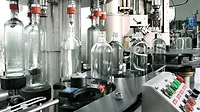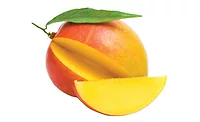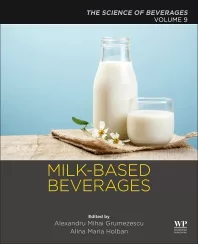Synthetic-based lubricants maximize grease performance, bring economic benefits
Food grade greases formulated to adhere to machinery

When it comes to production equipment, lubrication keeps food and beverage processing plants in the business of safely feeding a nation. Still, because lubricants do not discriminate against the materials in which they come into contact, food and beverage facilities have added challenges in selecting the right lubricants to do the job.
“Ideally all food and beverage production facilities should be using NSF H1 lubricants in compliance with 21 CFR § 178.3910 as issued by the USD FDA, throughout the facility,” says Bill Watson, food market manager at Klüber Lubrication NA LP, Londonderry, N.H. “With the advent of more specialized food grade lubricants, beverage operations can become fully compliant by using all, high quality, H1 lubricants.”
For example, Klüber’s PARALIQ 91 synthetic lubricant was developed for incidental contact with products and packaging materials in industries such as food processing. Although PARALIQ 91 is NSF H1 registered in compliance with FDA 21 CFR § 178.3570, the lubricant also is registered as NSF 3H. Being compliant with FDA CFR 21 § 178.3910, the product also can be used as a surface lubricant for the production of metal articles for food packaging, the company says.
“Klüber Lubrication offers a complete line of H1 approved products, several hundred in fact. Thus providing a solution for all the equipment found in a beverage plant,” Watson explains. ”We have the additional advantage of having numerous products approved by the major beverage equipment [original equipment manufacturers] (OEMs).”
Jim Girard, executive vice president and chief marketing officer at Newark, N.J.-based Lubriplate Lubricants Co. notes that because of the need to increase efficiency of machines, there also is an increase in demand for more efficient lubricants.
“More high-speed bottling and canning has impacted the lubricants industry,” Girard says. “It is essential that [research and development] (R&D) continues to produce lubricants that can effectively adapt and protect canning and bottling machinery.”
Moreover, as technology and the production trends of modern equipment and machines correspond with increased improvements of energy efficiency and consumption, OEMs are recommending synthetic lubricants, which outperform mineral oil-based lubricants, according to Girard.
Synthetic-based lubricants’ future role
Although utilizing the right food grade lubricant ensures that food and beverage processing companies can deliver safe consumable products, either a mineral-based or synthetic lubricant still can be implemented. However, food processing facilities that require high-performance lubricants are finding that synthetic products are playing a big role in preventing contamination, while promoting sustainability.
Experts note that lubricating oils containing a synthetic oil base have been designed to maximize grease performance and bring measurable performance, as well as economic benefits.
Klüber’s Watson notes that using higher quality synthetic-based lubricants can reduce energy consumption and waste.
“Being more of a specialty supplier, utilizing many different chemistries and offering predominantly synthetic oil-based products, allows for extended lubrication intervals, and minimizes the number and amount of lubricants used,” Watson explains. “Of course saving operating costs is always at the top of the list of concerns and this can be accomplished by implementing a comprehensive lubrication program.
Lubriplate’s Girard adds that, as the Food Safety Modernization Act is evolving, the lubricants industry needs to adapt with research into new additives and new product development, which make H1/food grade lubricants perform.
Additionally, as regulations change and evolve, food grade lubricant manufacturers could face the added challenge of finding that their go-to additive might be suitable for use in the United States but banned in the European Union.
Furthermore, as beverage operations move toward selecting lubricants that are in fact 100% synthetic, R&D with H1/food grade lubricants must keep up with OEM development, Girard notes.
“It’s ongoing,” Girard says. “Ultimately the consumer must be protected. It is up to our industry to do its part.”
Looking for a reprint of this article?
From high-res PDFs to custom plaques, order your copy today!






